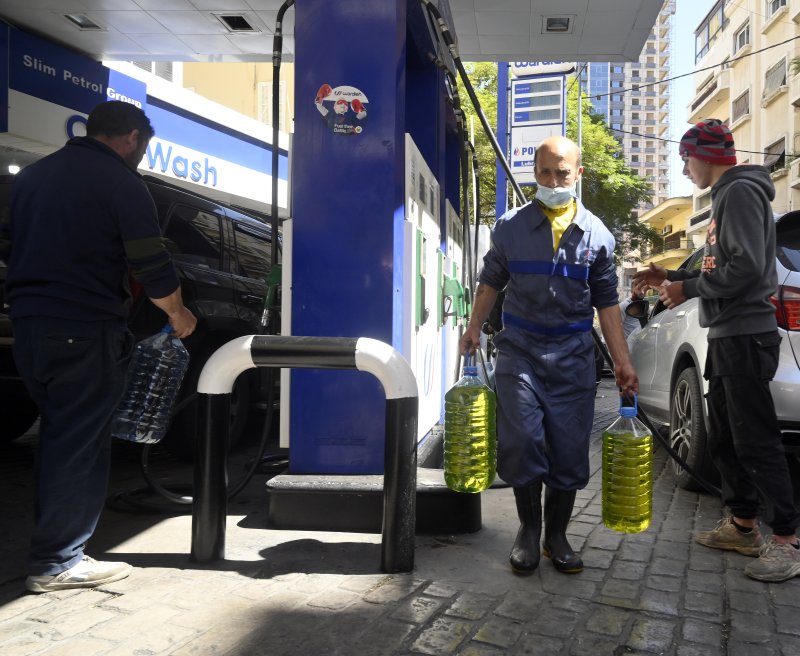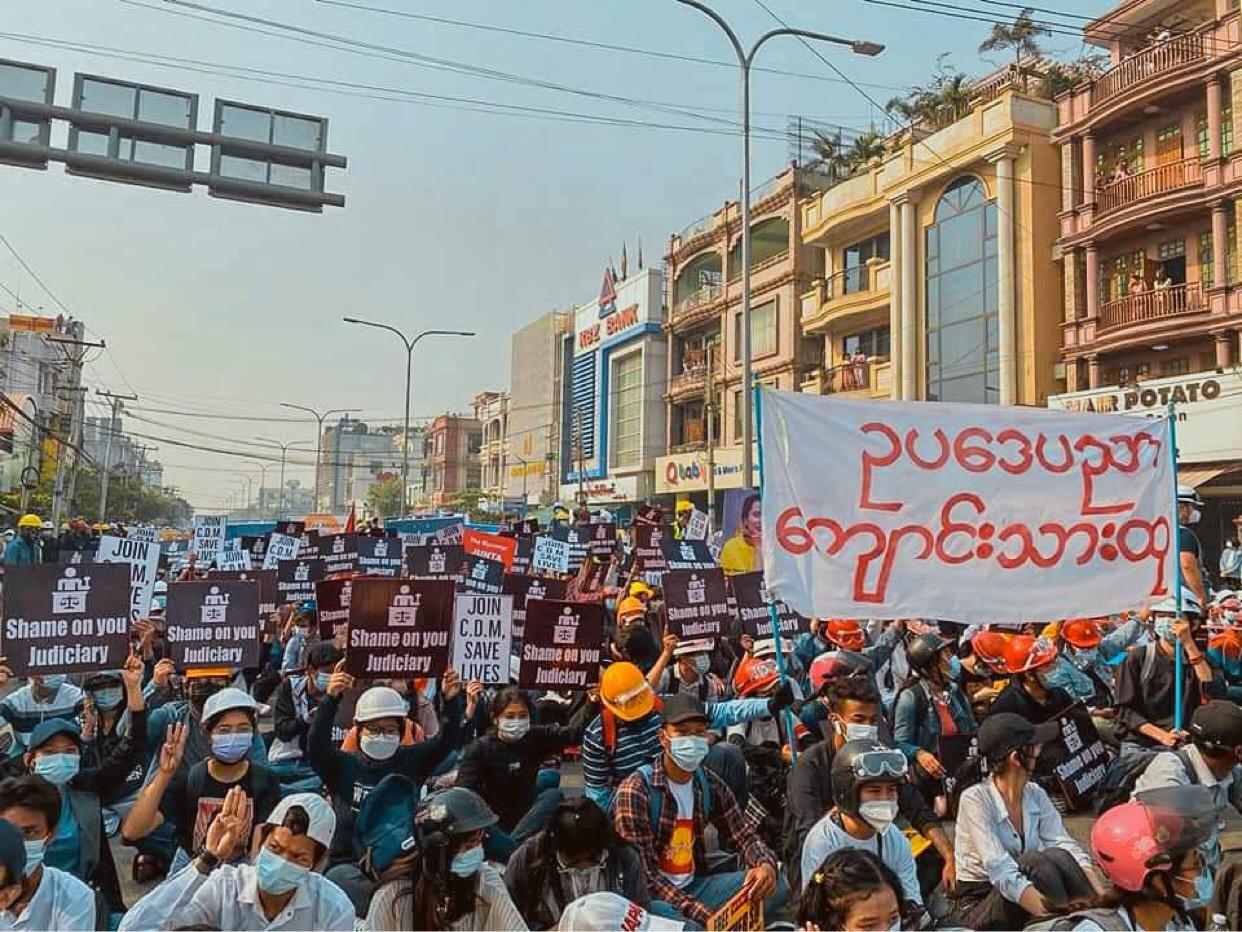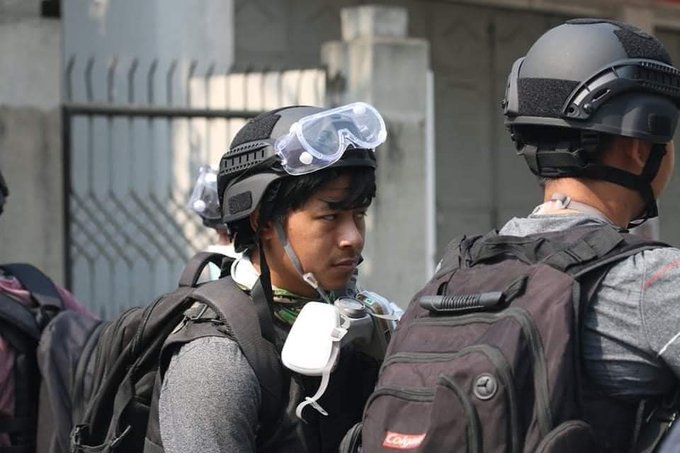March 29 (UPI) -- Work crews have successfully refloated the jammed container ship in Egypt's Suez Canal, one of the world's most vital trade waterways, the canal's service provider said Monday.
The Suez Canal Authority said the 200,000-ton, 1,300-foot Ever Given cargo ship was freed from the shoreline in the canal after nearly a week. The Ever Given is one of the largest cargo ships in the worlThe SCA told CNN the Ever Given had been fully dislodged and images posted online showed the vessel on the move.
"This was the result of successful push and tow maneuvers which led to the restoration," the SCA said in a statement.
The ship became stuck in the canal during a sandstorm last Tuesday when it drifted into shallow waters and ran aground. Crews have been trying to free the vessel since.
The SCA said earlier Monday that the beached vessel had been partially refloated.
Lt. Gen. Osama Rabie, chairman of the Suez Canal Authority, said crews were performing "tugging maneuvers" with 10 giant tug boats to free the grounded ship, which has close to 20,000 cargo containers on board.
The blocked canal, which provides vital shipping access between the Mediterranean and Red seas, has led to some supply chain issues for products worldwide -- including Brent crude oil.
Authorities said earlier that the canal will reopen to traffic once the Ever Given was fully floated and towed to another part of the canal for inspection.
"Today, Egyptians have succeeded in ending the crisis of the delinquent ship on the Suez Canal despite the massive technical complexity surrounding this process on every side," Egyptian President Abdel Fattah Al Sisi said early Monday in a statement posted to his Facebook page.
"Egyptians have proven today that they are always as responsible. I thank every sincere Egyptian who contributed technically and practically to ending this crisis."
The canal's operator, which is owned by the Egyptian government, earlier posted a video to its Facebook page that showed crews dredging and performing other salvage work to free the vessel.
Almost 400 vessels are awaiting transit through the canal, officials said.
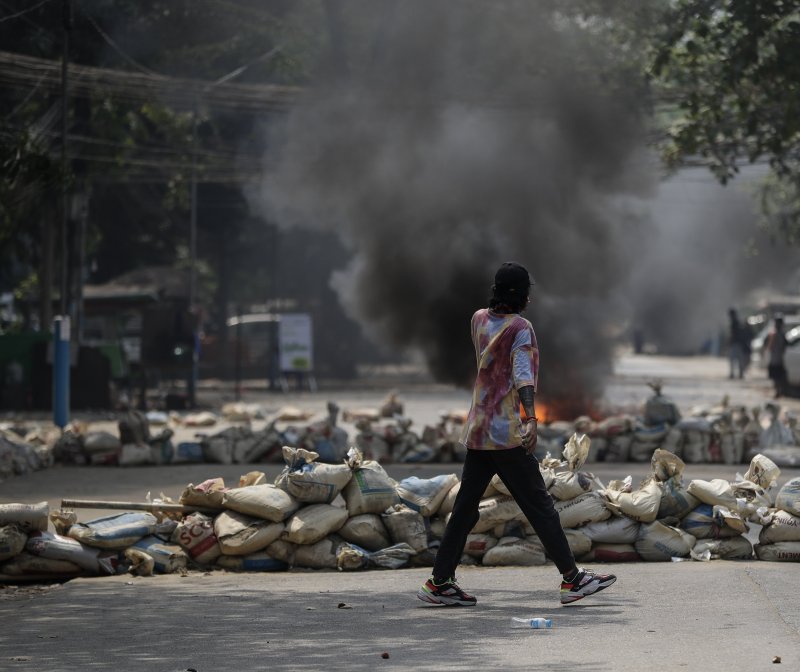
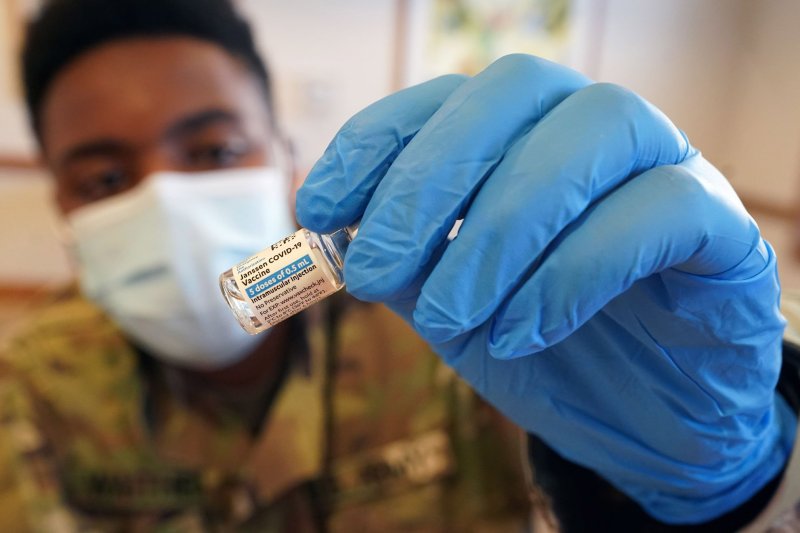


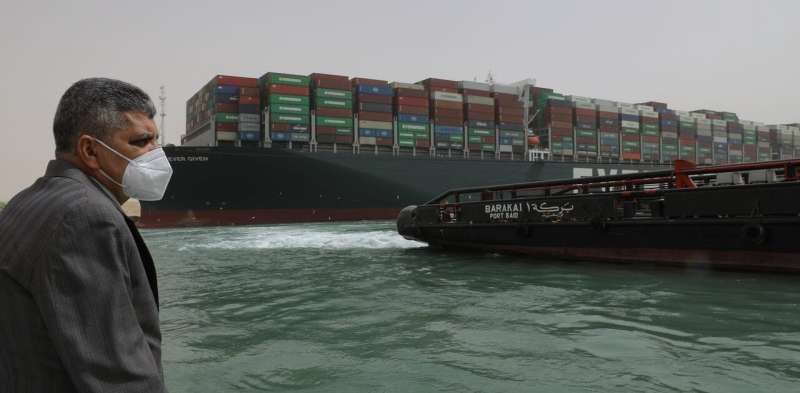
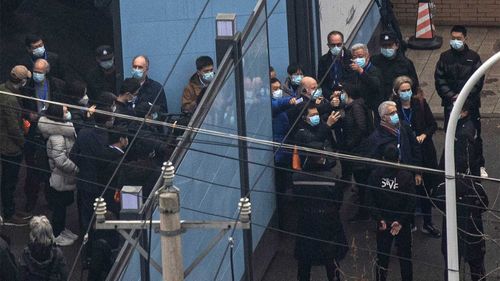 Investigative team members of the World Health Organisation are seen visiting a Huanan seafood market in Wuhan. (Getty)
Investigative team members of the World Health Organisation are seen visiting a Huanan seafood market in Wuhan. (Getty)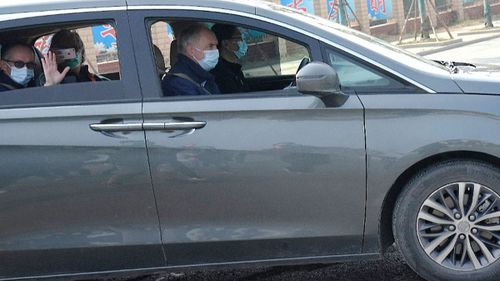
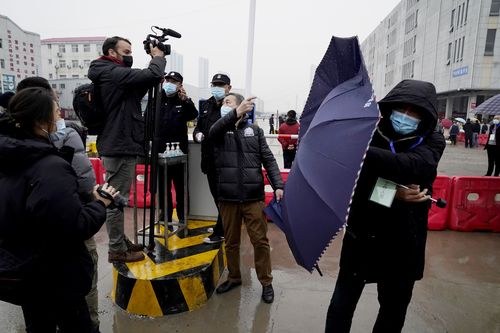
 A member from the World Health Organisation team of experts uses his smartphone to record after boarding a bus to leave at the end of a two weeks quarantine at a hotel in Wuhan in central China's Hubei province on January 28, 2021. (AP)
A member from the World Health Organisation team of experts uses his smartphone to record after boarding a bus to leave at the end of a two weeks quarantine at a hotel in Wuhan in central China's Hubei province on January 28, 2021. (AP)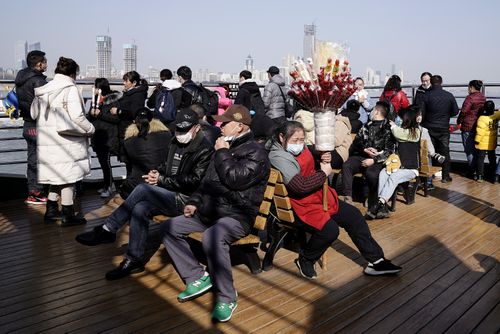 Wuhan has no recorded COVID-19 cases of community transmissions since May 2020, life for residents is gradually returning to normal. (Getty)
Wuhan has no recorded COVID-19 cases of community transmissions since May 2020, life for residents is gradually returning to normal. (Getty)
